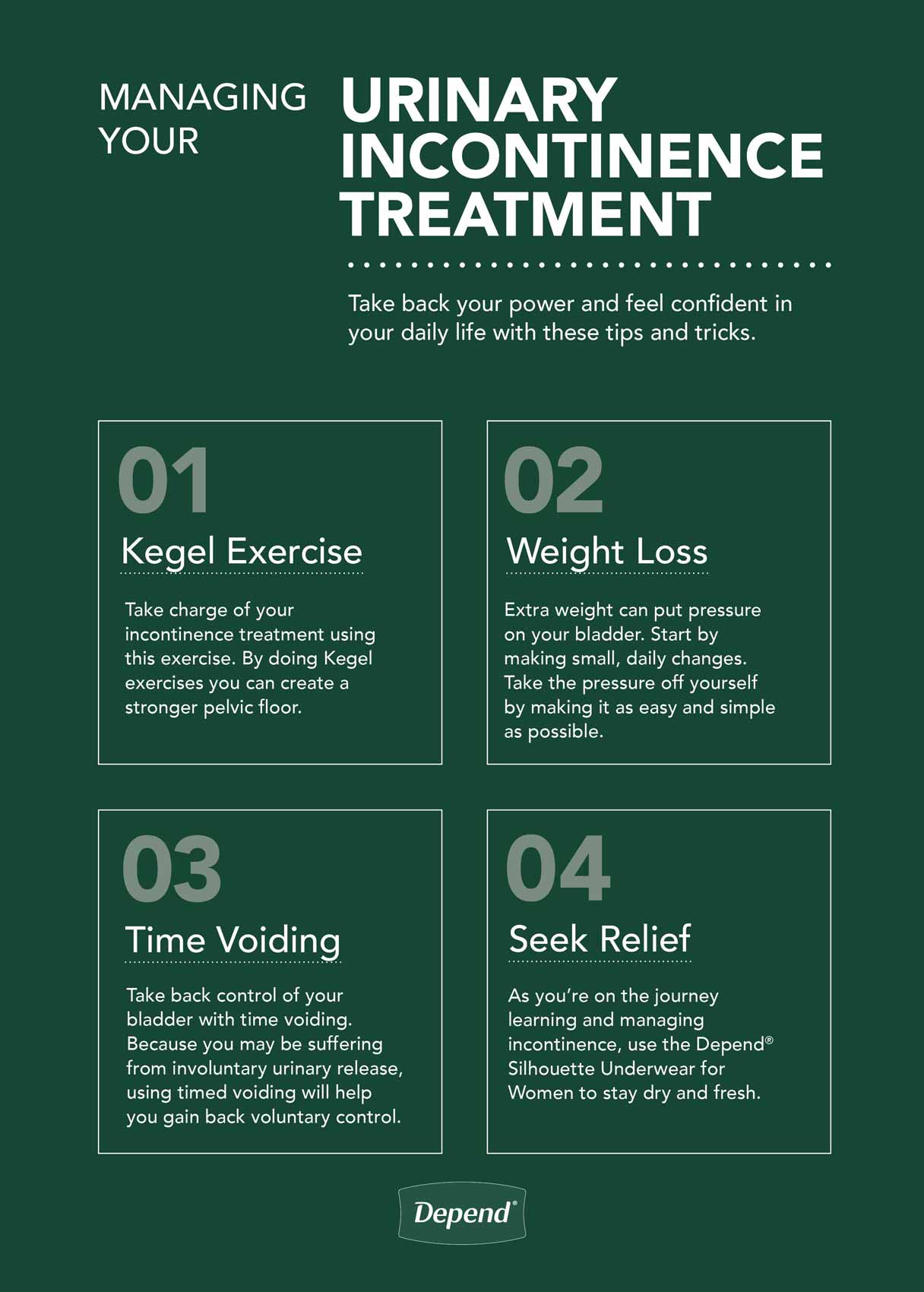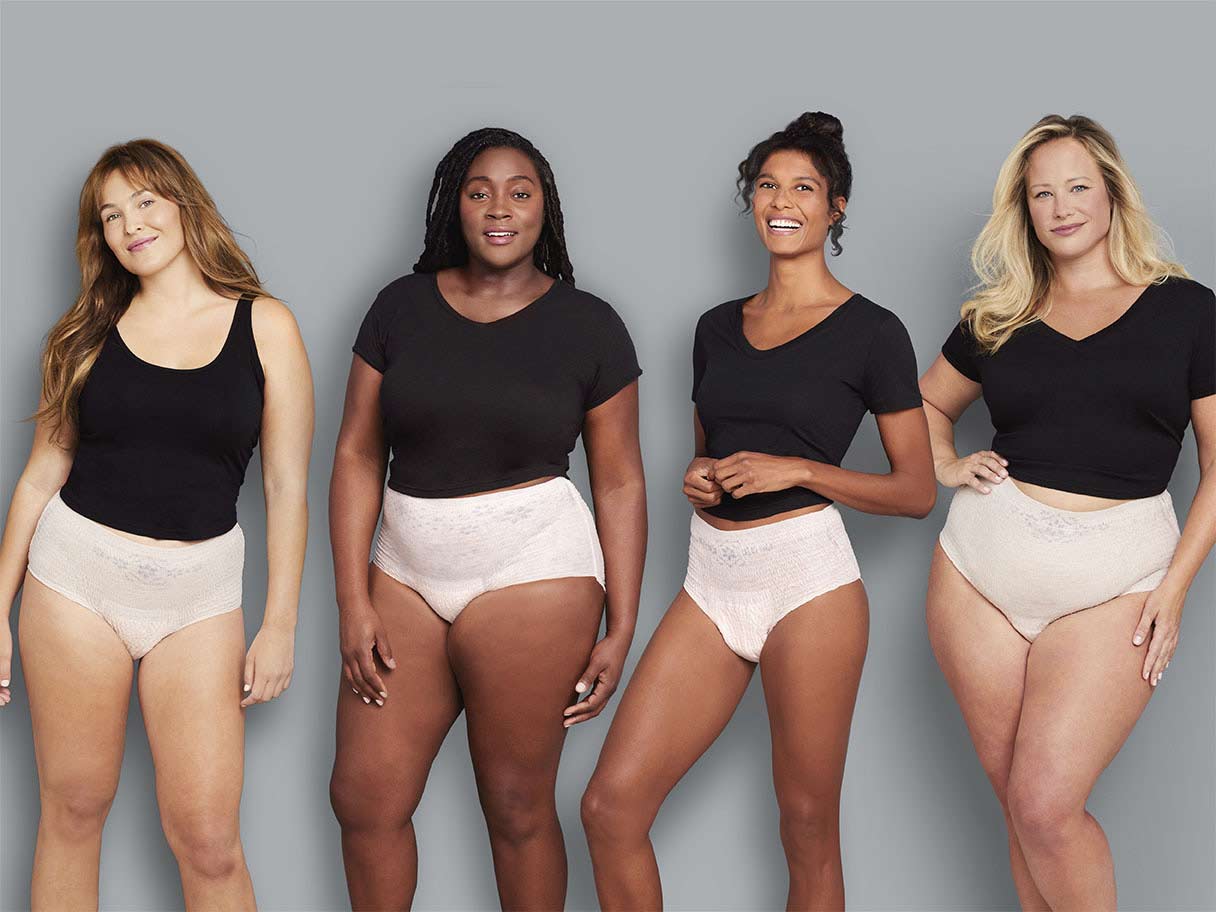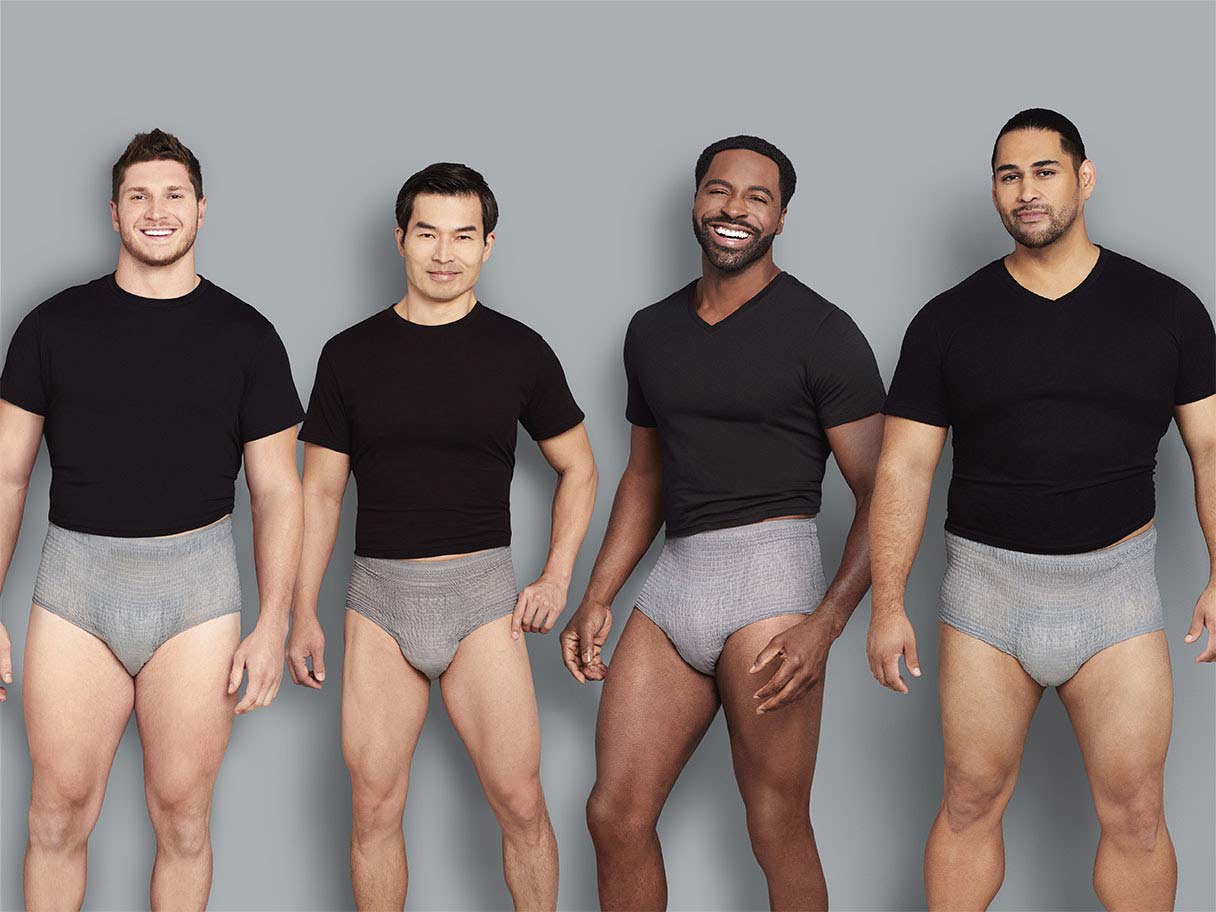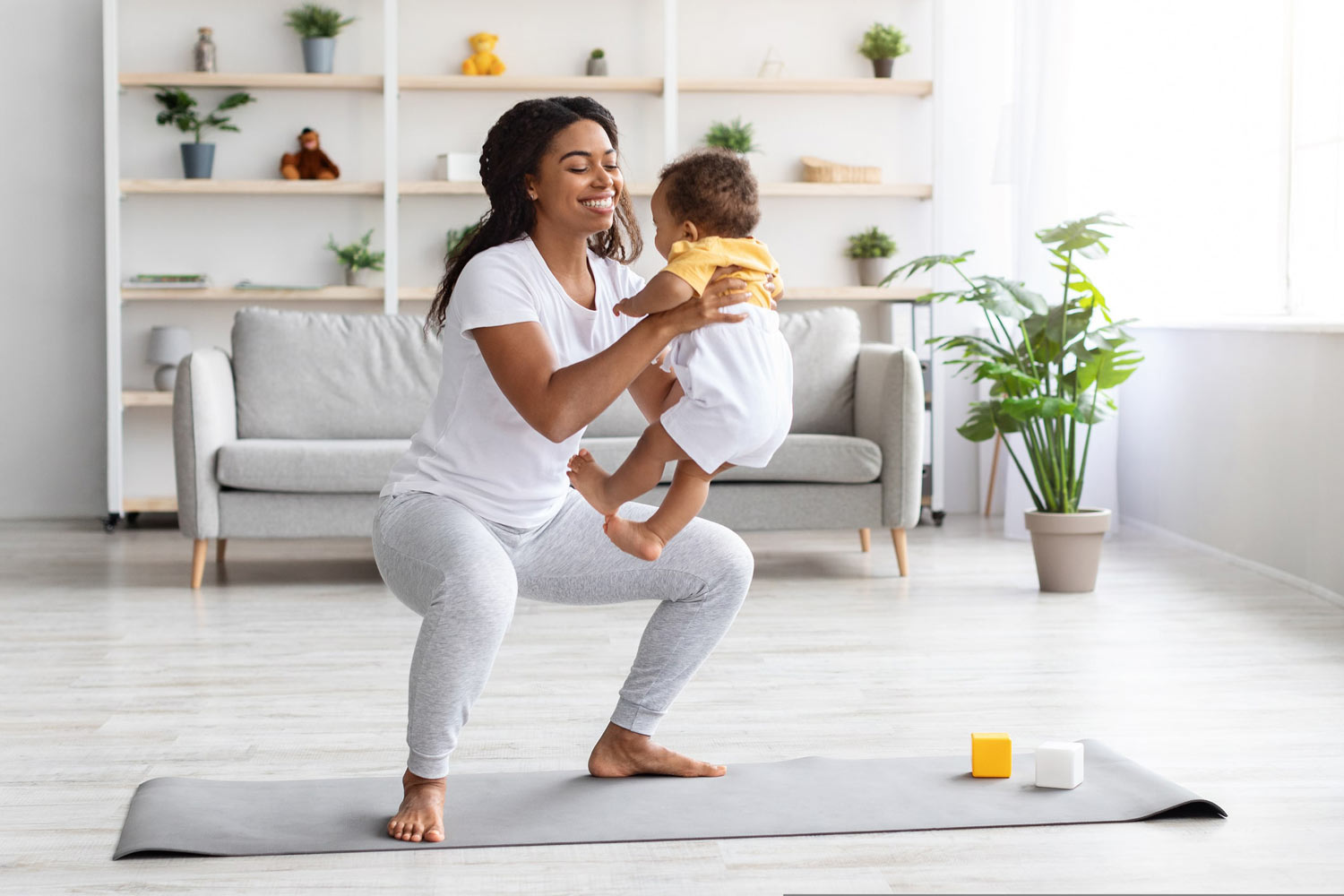Female Urinary Incontinence
Have you ever experienced urinary leakage when you exercised? Or felt the constant need to pee? You may be experiencing urinary incontinence.
Interestingly, leaking urine or incontinence is a common condition that affects more people than you might think.
Importance of Urinary Health
Your urinary system is made up of your kidneys, bladder, urethra, and ureters. The health of these organs plays an important part in your well-being.
This system is important because it works to efficiently filter waste from your body. Therefore, if your urinary system isn’t working well, it can cause issues with your health. such as A healthy urinary system also allows you to be able to control when you pee. If your urinary system isn’t working well, you might have a difficult time controlling when you urinate, causing you to leak.
Types of Incontinence
There are different types of incontinence that vary by age, lifestyle, or simply something happening in your body. Below, you’ll find the various types to help you determine which one you might have.
Stress Incontinence
You’ve probably noticed that you leak when you laugh, sneeze, cough, or jump. When your pelvic muscles become weak, they can’t support your pelvic organs. This means that when you move during activities, your bladder can’t handle the pressure that’s placed on it, causing you to leak.
Urge Incontinence
Have you ever felt like you need to pee now? With urge incontinence, you might feel the need to urinate immediately. But it’ll happen so fast that you don’t have enough time to find a bathroom before you leak.
Urge incontinence can happen for many reasons, including Overactive Bladder Syndrome (OAB). This syndrome has many symptoms that create the uncontrollable need to pee. Urge incontinence can also happen because of other risk factors, such as:
Overflow Incontinence
This is when you leak urine because your bladder is too full, or it doesn’t fully empty when you pee.
Functional Incontinence
This is when another physical condition, like multiple sclerosis (MS), stroke, or arthritis makes it hard for you to reach the bathroom when you need to pee, or it prevents you from feeling the need to pee.
Mixed Incontinence
This is when you have urge incontinence and stress incontinence.
How Pregnancy and Childbirth Cause Urinary Incontinence
Your body changes a lot during pregnancy, including physical and hormonal changes. These changes affect both the strength and the health of your pelvis. If you delivered vaginally, it may put you at a higher risk to have urinary incontinence. This is possibly because of damage to muscle tissue or nerves during birth. Even after childbirth, your pelvic muscles can still be affected.
Aging, Menopause, and Incontinence
Between the ages of 45 and 55, you may start to experience menopause. This will come with some physical and hormonal changes. One of the main changes is lower levels of estrogen, which has been shown to cause weakened pelvic muscles.
Getting Diagnosed
If you’re experiencing bladder leaks, make an appointment with your medical provider to discuss your symptoms so that they can help you figure out what is going on. They may conduct a physical exam and perform some tests.
Your medical provider will likely ask you how much you drink, how often you pee, and how often you leak urine.
Treatment
Your medical provider may recommend the following treatments:

Kegel Exercises
By doing Kegel exercises, you can create a stronger pelvic floor. To do this, follow the steps below.
You should try to do this exercise three times a day. Every time you do the exercise, do 10 repetitions for each set.
Weight Loss
Extra weight can put pressure on your bladder. Therefore, losing weight can be helpful when it comes to managing your leaking.
To begin, add more fruits and vegetables, drink more water, drink fewer caffeinated drinks, eat high fiber foods, and eat less processed and sugary foods. If needed, you could even see a nutritionist.
Bladder Training/Time Voiding
Take back control of your bladder with bladder training, also known as time voiding. This is a behavioral technique that helps you to teach your bladder to hold more urine and go to the bathroom less often.To practice time voiding, you’ll need to first keep a bladder diary to track when you pee. Once you know how often you pee, it’s time to gradually lengthen the time that you visit the toilet . Try just adding 15 minutes of holding your urine, when you get the urge, before you go pee.
Use Depend® Incontinence Underwear
As you learn to manage your incontinence, use Depend® Fresh Protection®™ Underwear. Made with super absorbent material that locks away wetness and helps to neutralize odors. It is also thin and discreet, so you can feel supported and confident no matter what your day throws at you.
Stay Protected with Depend®
Incontinence doesn’t have to control your life. With Depend®’s range of incontinence products, you can continue to feel confident, strong, and protected. Take our product quiz and find which incontinence product is right for you.
“This content should not substitute medical advice from your personal healthcare provider. Please consult your healthcare provider for diagnosis or treatment.”





